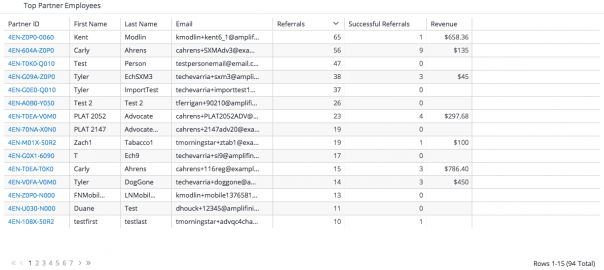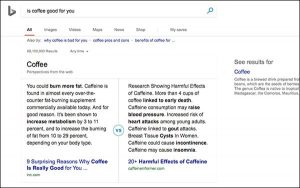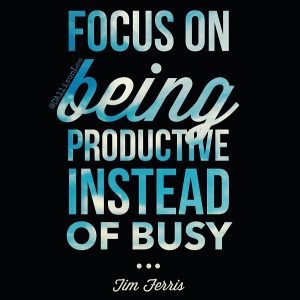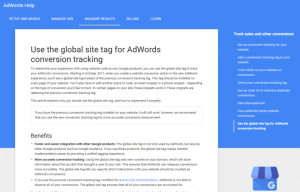— August 17, 2017

moritz320 / Pixabay
Once you’ve got your referral partner program running, you’ll want to collect data that will help you to optimize and grow the output from your referral partners. To do this I will outline a number of metrics that aren’t merely to measure against but actionable as well.
5 Key categories of metrics for a referral partner program:
- The referral pipeline:
- # of partners
- # of referrals
- # of successful referrals
- revenue
- Partner activity:
- % of partners that have made referrals that period
- % of partners that have made multiple referrals that period
- % of partners that have had successful referrals that period
- Avg # of referrals per partners
- Avg # of successful referrals per partner
- Top performers:
- Top partners by # of referrals
- Top partners by # of successful referrals
- Top partners by revenue
- Under performers:
- Lowest partners by # of referrals
- Lowest partners by # of successful referrals
- Lowest partners by revenue
- For those running a to and through partner program – you’ll want to look at the referral pipeline by partner entity as well.
1. The referral pipeline
Understanding the flow of referrals from partners and their employees to closed won revenue is important for seeing trends. Additionally, this is your direct ROI to demonstrate the clear value of the program to executive leadership. You’ll want to have this data and manipulate it by the current time period as well as chart it over time to see trends.
You won’t take action on this data on a daily basis, but it is important to watch if something falls outside of your expectations or is under performing relative to business objectives. If so, start diving into the metrics below to diagnose possible issues.
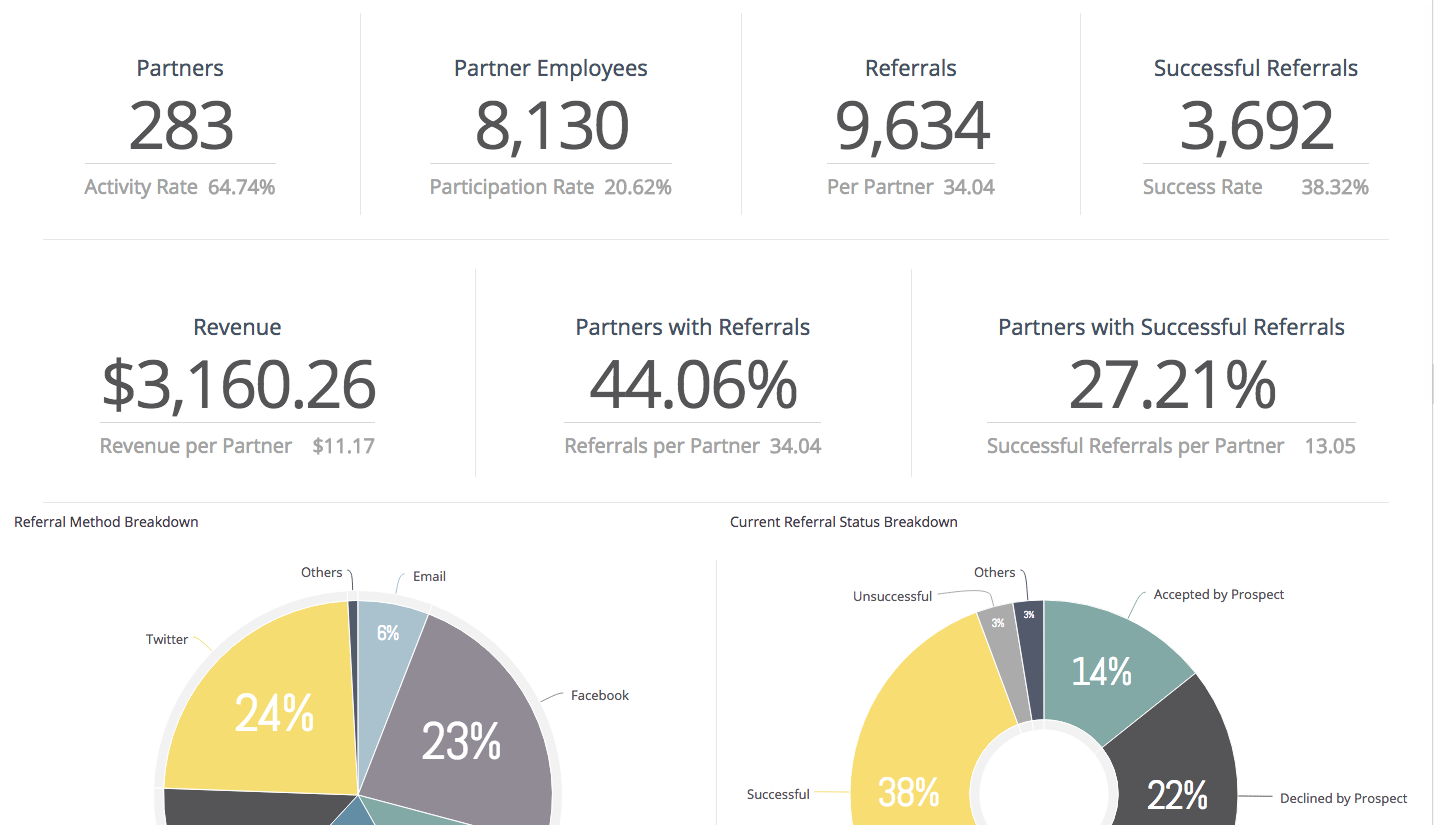
2. Partner activity
Continuous engagement and promotion is important to keeping partners referring. Monitoring their activity levels is key to knowing when an additional nudge is needed or a full out calling campaign from channel sales to encourage repeat referrals. Keeping tabs on both percentage of partner activity as well as monitoring averages will help you to identify overall performance problems that you can address holistically.
3. Top performers
It’s great to know the overall trends for your program, but there is incredible value to identifying top performing referral partners. This is an opportunity for personalized recognition or expansion of the relationship. As with any marketing activity, it pays to focus on the best performers and give them additional resources to get even more out of them.
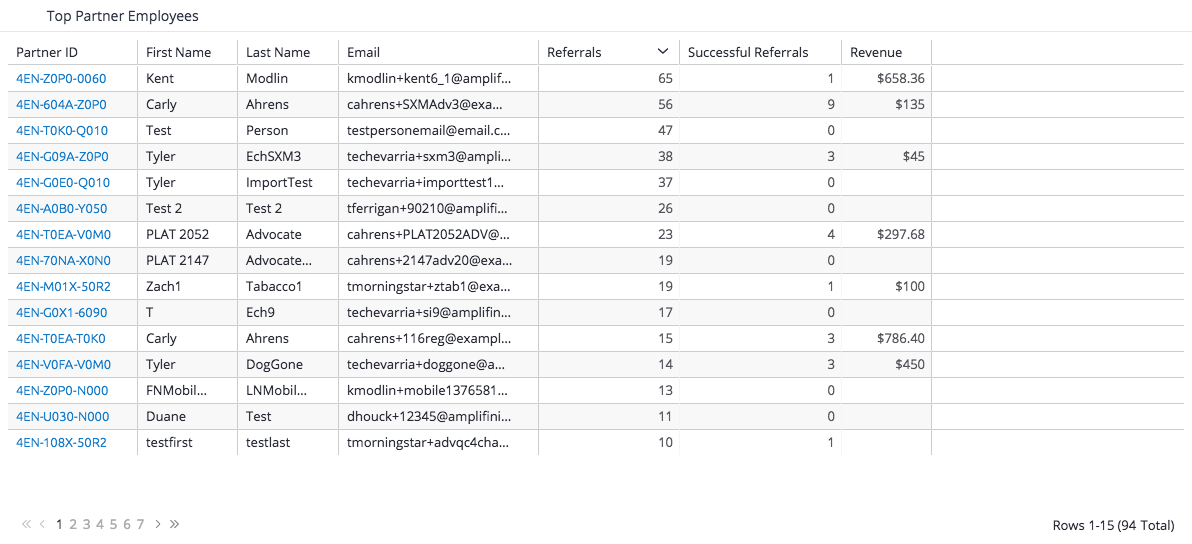
4. Under performers
While it is great to spend time with top performers, there are some very basic course corrections that can be made with under performers that can keep them engaged and get them successful. My favorite report is partners who have made a lot of referrals, but haven’t had any make a purchase. Chances are these partners don’t understand your target buyer or they aren’t positioning your product value correctly. A simple email and follow up calling campaign to have this discussion can go a long way to save these partners from getting frustrated and churning.
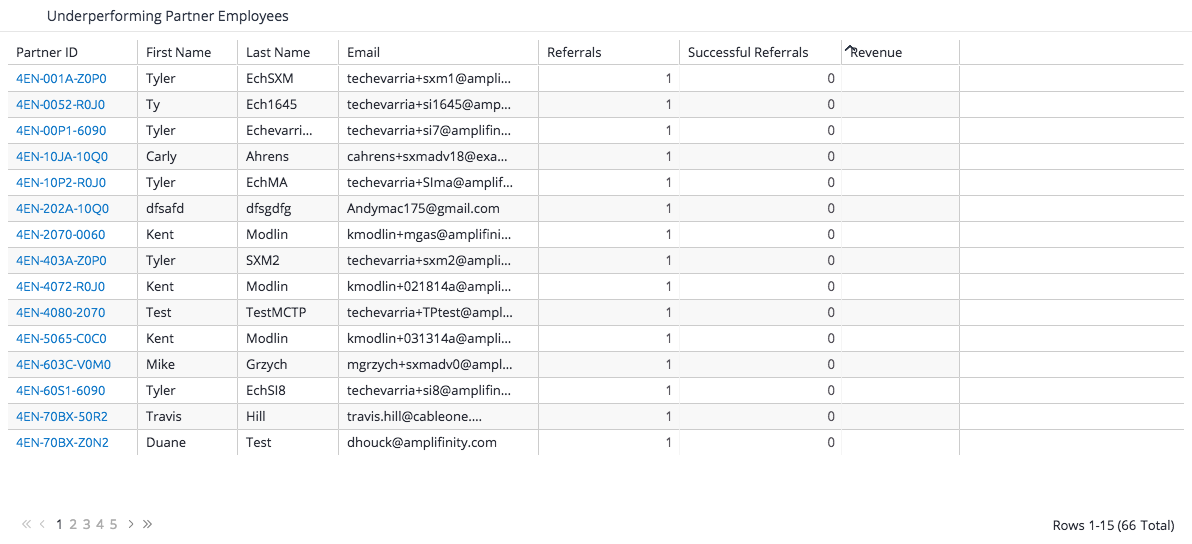
5. Referral pipeline by partner companies
If you’re running a referral partner program where you have a relationship at the corporate level to enable their sales team to make referrals to you, of course you will want to look at performance by each partner entity. Understanding how many employees they have enrolled, the activity level and success rates is key to encouraging that partner to help you internally promote. Certainly, if this is a managed relationship with SLAs, you’ll want to play close attention to their progress so you can make a call as needed to bring their attention to lackluster results or to call and recognize them for going above and beyond expectations.
What about referral partner program incentives?
There are a long list of additional metrics that we see on partner referral program dashboards. They all have a place in understanding the details of what’s working and what’s not in your program. But, if you’ve got limited time and resources (don’t we all) just focus on those five areas I mentioned above and you’ll be able to do great things!
Now many of you may be wondering why I haven’t mentioned incentives as a key metric. After all, this is a huge part of operating a referral partner program. If you are doing this manually, by all means you’ll want lots of reports and data to manage that function. Ideally, you are working with a software vendor that automates incentive calculation and fulfillment. If so, this isn’t something you need to worry about as a key metric.
Business & Finance Articles on Business 2 Community
(111)
Report Post